Silicon Hetrojunction (HJT) Modules from Waaree
Bifacial modules are gaining the traction due to its ability to generate more kWh in limited conditions, Waaree group had come up with their new Super Silicon HJT modules. These HJT modules generate higher kWh and long-lasting.
PV module market around the world has been cost-driven. It is no wonder that the crystalline technology has been the chalk horse of the industry. Further, with the Levelized cost of electricity (LCOE) from solar plants have started breaching grid parity. The focus now is to extract maximum kWh from the plant in order to ensure the investors have maximized returns. The technology up-gradation in conjunction with module design up-gradation has played a significant role in such a shift.
Utilization of bifacial module which is capable of generating power from both sides has been gaining traction. Given the fact that enhanced energy output could be expected under the right designing considerations. However, the currently available bifacial module utilizes PERC/PERT crystalline solar cells have limited bifaciality. They are coupled with other inherent issues like LID, PID, LeTID, etc. It was hence necessary to bank upon a pragmatic solution.
Silicon Hetrojunction (HJT)
Silicon heterojunction (HJT) solar cell which has been introduced in the mid-19th century, utilizes both crystalline and thin-film technology. The cell has crystalline silicon (n-type) sandwiched between amorphous (thin film) layers of silicon on both sides. It gives the cell its bifacial nature. The monocrystalline technology in the cell has better absorption of light. Whereas, the amorphous has superior passivation (which enables high electron collection) characteristics.
The cells are thinner (~120 μm) compared to crystalline silicon cell making it slightly flexible and further also making them highly resistant to micro-cracks. The n-type silicon present in HJT does not have Boron, which makes these cells LID free. Further, the mitigation of electron from the cell which is responsible for PID is reduced to zero in HJT cells. Thanks to the presence of highly conductive oxide layer (ITO) which protects the cell electrically.
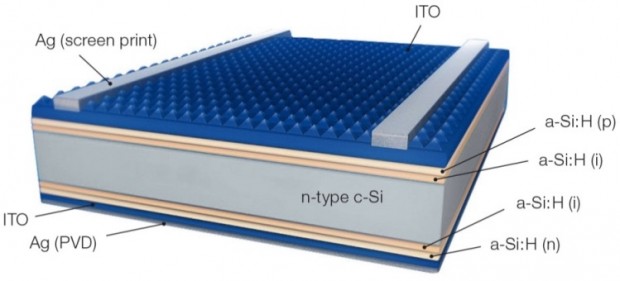
Additionally, the cell has a lower temperature coefficient (almost half of the crystalline technology-based cells). All the above factors when coupled together enables HJT based module to have lower degradation rates throughout its lifetime.
Since these cells have high bifaciality, micro-crack resistance, no LID, PID & LeTID and lower temperature coefficient it is a perfect technology for Indian conditions. Waaree Energies recently in REI-2019 launched their SUPER HJT module which utilizes HJT solar cells. Available next year, this module has already started gaining popularity among the local and international markets.
Further, with the detailed scrutiny happening for each and every module we manufacture, the end customer can rest assured that their plant would be up and running for 25+ years. It ensures more than the desired return.
|
India has set an ambitious target of meeting 175GW of its power demand by renewable energy in 2022. While there has been a lot of improvement from its state of cumulative capacity in the early 21st century. From that state, the sector has seen a lot of government intervention and private partnerships in order to establish and develop a solar power plant in the country. A new plan by the government (yet in draft version) enables Public Sector Undertaking (PSU) companies to utilize and/or source green energy. The plant shall likely be 1.8 GW of capacity (similar to coal-based ultra-mega power projects (UMPPs)) and may be divided into 3 parts. The country already has a plan to develop 12GW of the power plant through the PSU route. While there have been cases of tender cancellation in various states citing various reasons, we believe that the role of government in fuelling the solar PV market growth is crucial. |
|
|
The role of PSU's in enabling India to meet its renewable energy targets
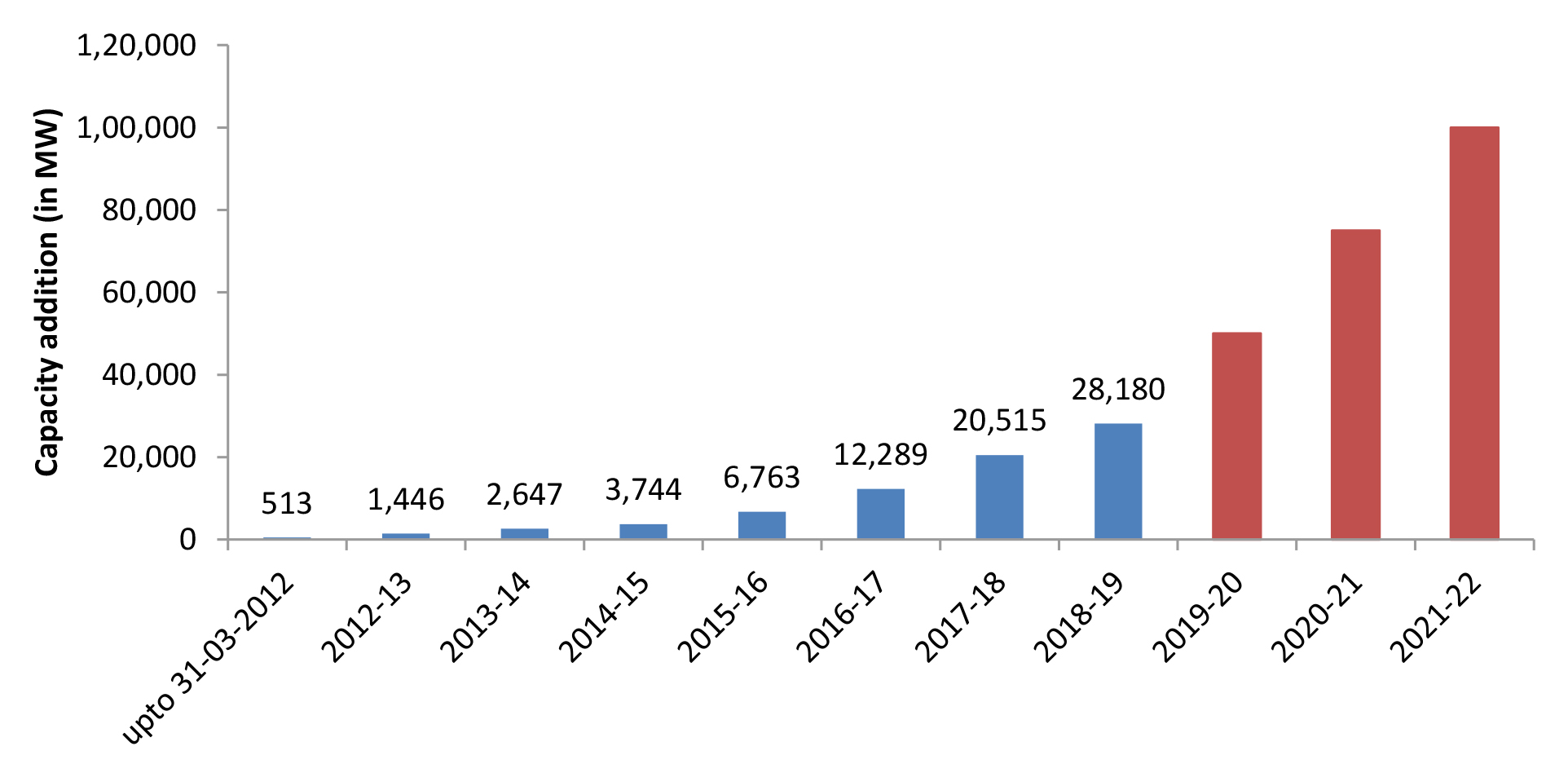
Cumulative & Expected capacity addition of solar energy in India by 2022
Health benefits from Renewable Energy sources implementation estimated
Implementing renewable energy sources for meeting the enhancement in demand of the world is a no brainer now. However, it is also a well-known fact that renewable energy comes with environmental advantages too! A recent study titled “Health co-benefits of sub-national renewable energy policy in the US” reviews the health benefits of implementing renewable source in Rust Belt, US.
The study compares the impacts of Renewable Portfolio Standards (RPS) on air quality and human health. The study compares Business As Usual (BAU) RPS case along with enhanced RPS cases of +50% & +100% and finally the case of pricing CO2 emissions to no renewable energy implementation by 2030.
The study finds that the co-benefits of the BAU, RPS + 50%, and RPS + 100% scenarios correspond to co-benefits of 8¢, 12¢, and 13¢ per kWh of new renewable generation (or $94, $120, $119 per ton of CO2 reduced respectively). It further suggests that CO2 emission pricing shall further have a positive impact with a health benefit realized up to $211 per ton of CO2 reduced. The study concludes by finding that health co-benefits in the region were 35%–79% higher depending on the RPS scenario. We believe that for a country like India which has ambitious missions like 24×7 Power for all and Health for all, studies like such should be taken into consideration by the policymakers to enable implementation of right sources.
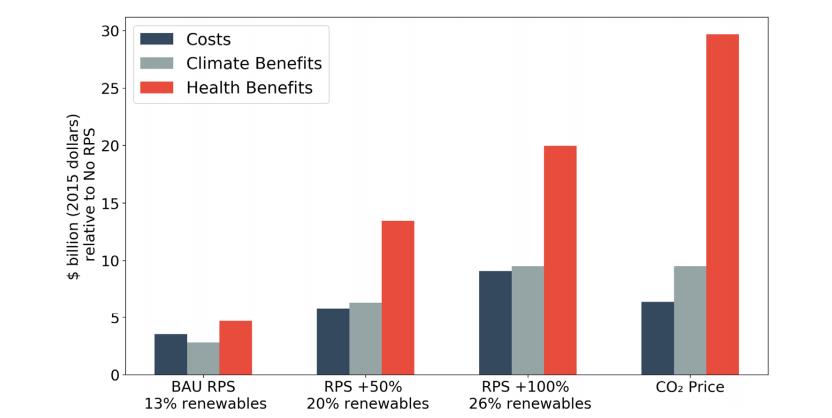
Cost benefits from implementing renewable energy sources under different scenarios in 2030 comparing to no renewables implementation (Source: Emil G Dimanchev et al 2019 Environ. Res. Lett. 14 085012)
The state of solar grid parity in China and takeaways for India
Solar PV has gained tremendous popularity around the world and China is amongst the top leader in the market. Even though the country had both supporting government policies and attractive upfront subsidies for PV which is making it a competent source of electricity in the past few years. The country (and many countries around the world) breaching the grid parity, the dynamics are poised to be changed.
A new study titled “City-level analysis of subsidy-free solar photovoltaic electricity price, profits and grid parity in China” and published in “Nature Energy” reviews the situation of China. The study analysed more than 344 prefecture-level Chinese cities and finds that all these cities without any subsidy in solar PV, can meet grid parity.
Further with the country also being a coal-powered giant and utilizing desulfurized coal (which emits lower emission) for power production; the study finds that around 22% of the cities can produce electricity which can match prices of such sources.
The subsidy cuts in recent years was a clear note that the PV industry now needs to be focused on quality products rather than on the scale. But, economies of scale has been instrumental in the case of India. Very often it is forgotten that the solar PV plant is to last for 25 years which makes quality a crucial factor of review. We believe that the utility/customers which are only utilizing quality products would be able to reap the long term benefits of solar PV.
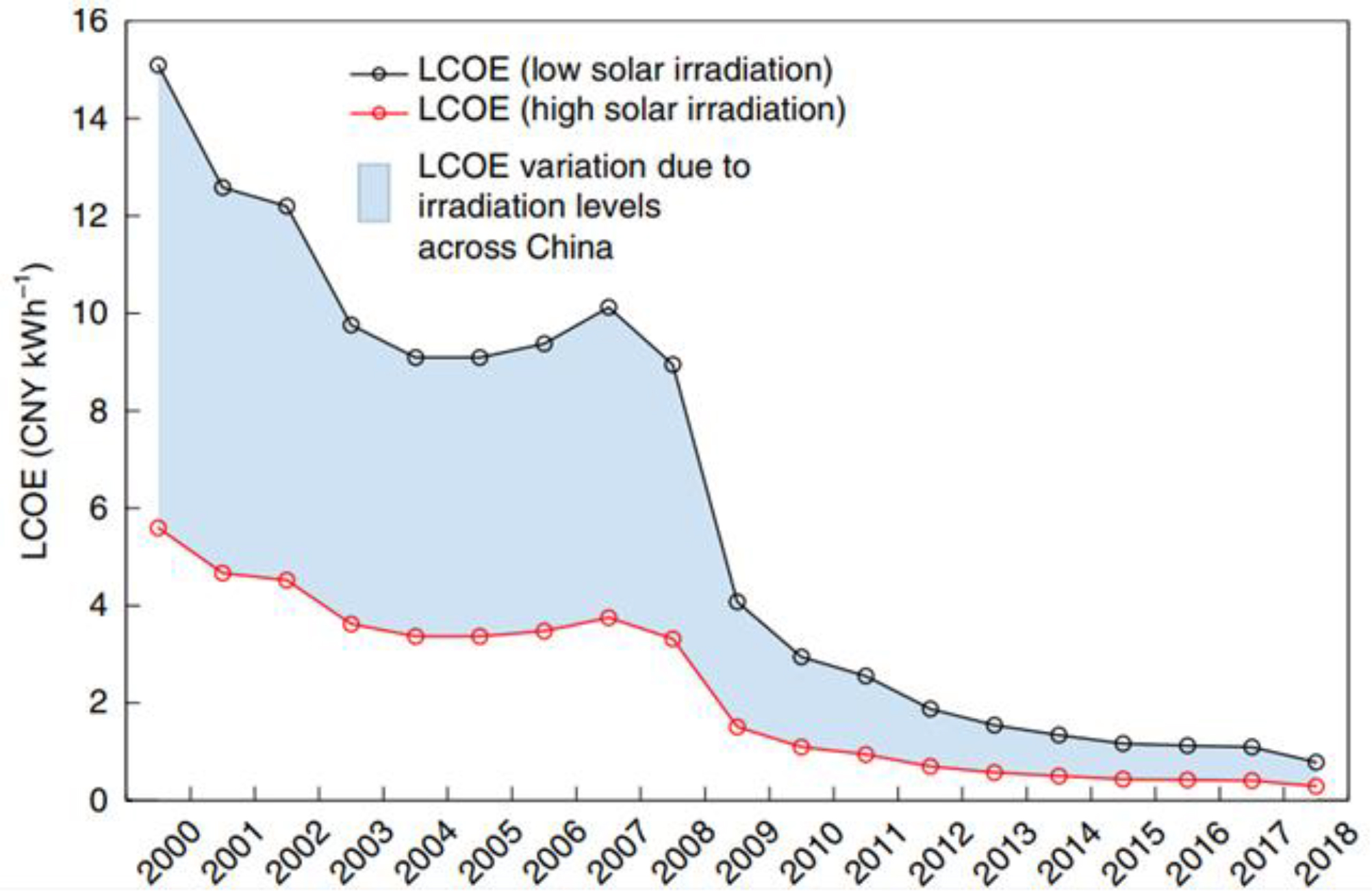
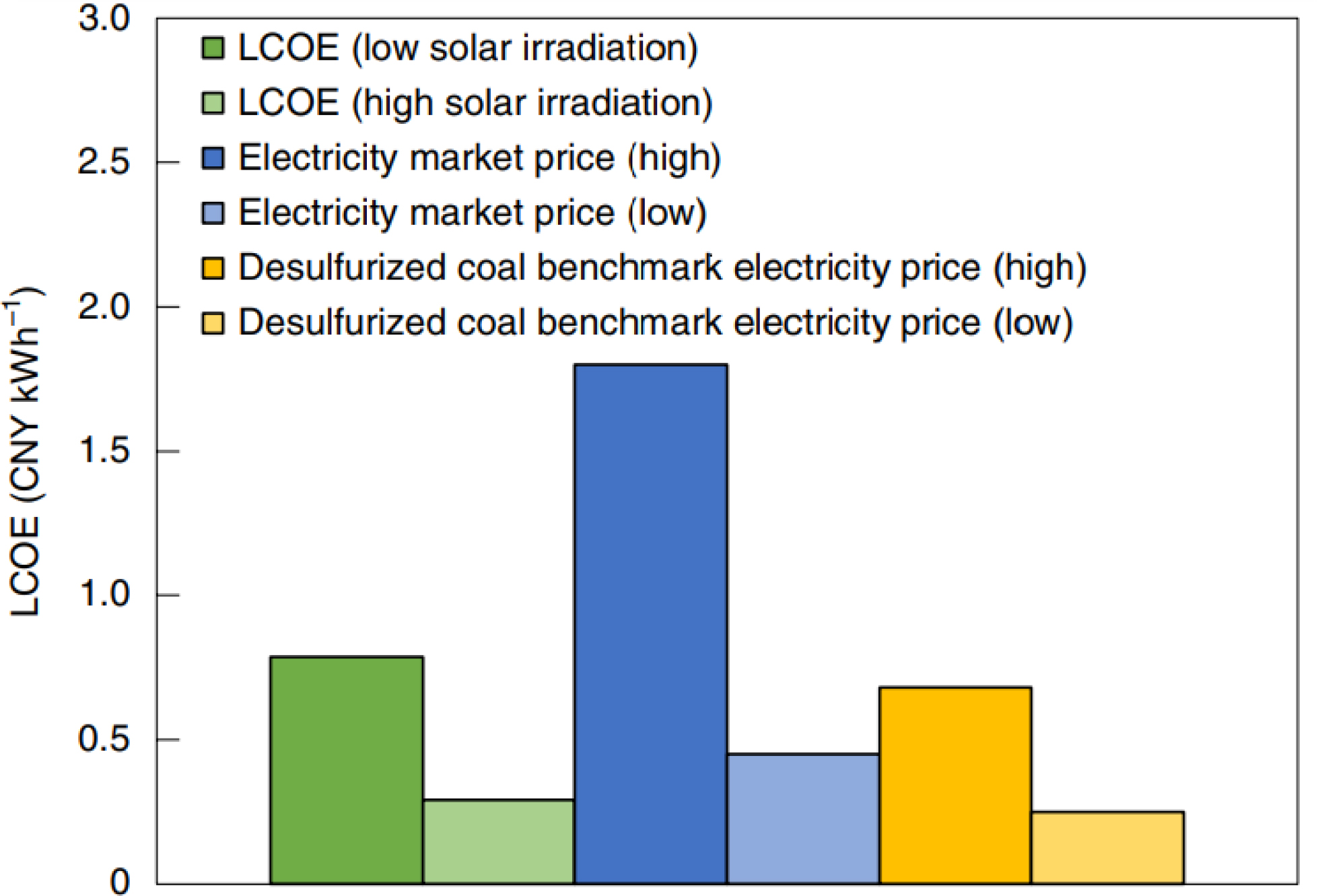
(From left) Historical LCOE of solar PV generation in China and (right) LCOE of various generating sources (Source: Yan J., et al. City-level analysis of subsidy-free solar photovoltaic electricity price, profits and grid parity in China. https://doi.org/10.1038/s41560-019-0441-z)
Source: Waaree Group




 WhatsApp us
WhatsApp us